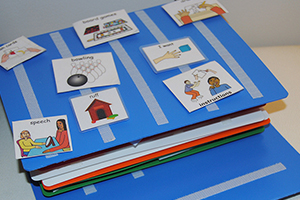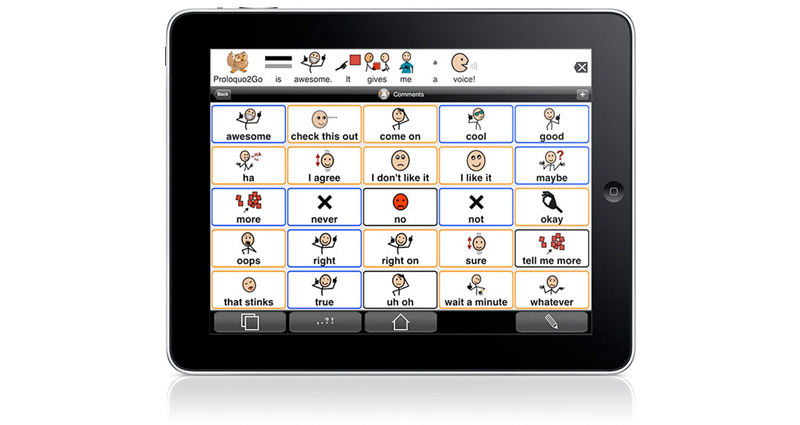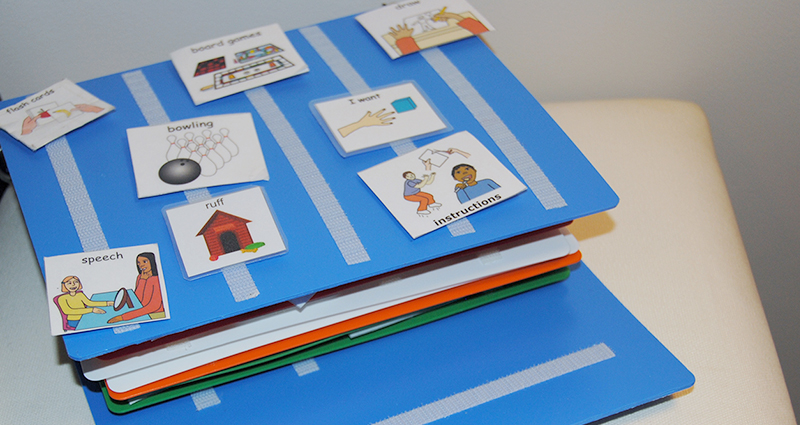There is a plethora of choices when it comes to AAC (Augmentative and Alternative Communication) devices. It is sometimes daunting and overwhelming to choose a device that is going to suit a child as well as foster their development and independence.
For those who may be unfamiliar to AAC, individuals who use AAC devices may have difficulties communicating verbally. Therefore alternative methods, such as sign language, voice output systems, switches, communication boards, iPads and text based systems are used to communicate or support their interaction with their environment.
AAC is generally categorised into two areas, high-tech and low-tech devices. High-tech devices refer to devices that require batteries or electricity, these include iPads and voice output devices such as a DynaVox Maetro™.
Low-tech refers to devices that do not require power such as signing, communication boards, PECS™ and PODD.
So, how to choose?
Firstly make sure you consult with your team of therapists as areas such as motor skills, visual scanning ability, picture recognition and language ability need to be taken into account. An AAC device is individual to each child, what works for one child may not work for your child.
It is also important to make sure you trial different AAC devices in order to work out which is going to benefit and be the most effective means of communication support for your child. Consider what is possible for the family as they are the main communication partners of the child and will be the team members implementing the device.
It is also very important to consider what the communication goals are of the child, are you currently focusing on requesting, labelling, questioning…. as different AAC devices can support these areas in different ways.
Other areas to consider are;
- Cost; are there ongoing costs? how expensive are the batteries? is it easy to fix if broken?
- Mobility; will your child be carrying the device? is it easy to access? does it fit in the school bag?
- Motivation; is your child motivated by voice output or is voice output a distraction?
- Flexibility; can you personalise the device? will the device grow with your child’s communication?
- Familiarity; if your child attends school are the teachers familiar with the device? have your other team members worked with the device? how much training needs to occur?
- Learning; is it a device that allows wide access? for example sign language requires the communication partner to know sign language
It is important to try and consider all of the above areas when making a communication device choice. Remember it takes time and trials to truly know what is best to support your child’s communication development.



